Fly control for horses is imperative for your horse’s health and comfort. As an owner, it feels like a struggle to keep flies and other bugs away from your horse.
When the weather is warmer, the fly populations multiply and irritate our horses. A horse farm can quickly become overrun with flies in the warmer months, making you and your horses miserable.
Despite the possibility of making you and your horse irritated – flies and other insects can easily carry and spread disease, so keeping the fly population under control is very important!
Read on to learn the best methods for fly control for horses.
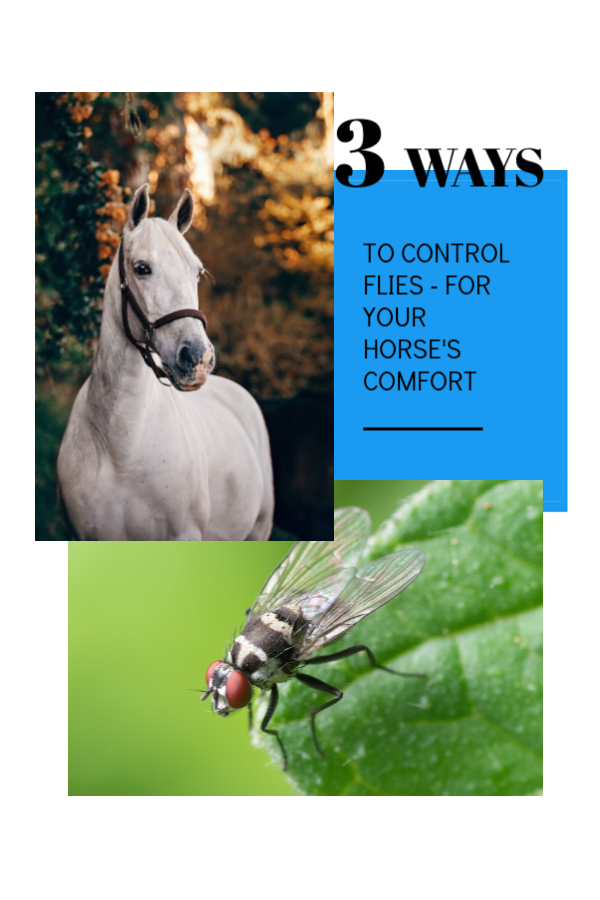

There are 3 simple steps to control flies for horses:
1. Plan – Maintain your property and surroundings to reduce the fly population. Preventing additional flies from breeding is also an effective method to control flies for horses.
2. Prevent – Prevent flies in the first place. Don’t allow them to multiple and trap any flies that you can catch.
3. Protect – Protect your horse from flies by giving them fly gear and fly spray. There are tons of options for your horse so they don’t need to be miserable (or get a disease from a fly!)
This is kind of an ironic time to write this post because we just had a snowstorm, in the middle of May! At least 6 inches of snow fell, so now it’s feeling like winter again. I can’t really imagine any bugs being around right now. But before we know it, it’ll be hot and buggy!
Controlling the bugs on your property starts with preparation.
Step 1: Plan
These are the basic methods for planning ahead to control flies for horses:
- Clean up manure every day.
- Store manure away from horses until it is taken off the property.
- If you compost your horses’ manure, keep that area away from the horses.
- Remove standing water to prevent mosquitos from breeding and multiplying.
- Empty and clean water troughs often.
- Empty trash cans, and keep lids on all trash cans.
- Keep Grass mowed – shorter grass doesn’t allow as many insects to hide in the grass.
Flies are the #1 irritation for horses and horse farms. There are several things you can do to control the flies on property.
Step 2: Prevent
The biggest preventative measure you can take with flies is to start with fly predators whenever it is recommended in your area. When you go to the fly predator website, you can enter your zip code or address and the company will suggest when you should begin releasing fly predators. The time that is recommended to begin releasing the fly predators depends on where you are located and the temperatures you will experience.
Fly predators are little bugs (they look like mini flies or large fruit flies) that destroy fly pupa before they turn into full grown flies.
In my area of Colorado, it is suggested to release them in May, June, July (x2), August, September, and October. They come in a little pouch with shavings and eggs, and you wait until they begin to emerge – then let them go near manure or horses on your property.
When I release the fly predators, I do some near my manure (ie trash dumpster), inside the barn and out in the paddocks. These have helped significantly with controlling flies on our property.
I have read and learned that many people say they work better if you and any properties around you use the fly predators as well. Although that is not always possible, but you could mention them to your horsey neighbors and see if they’re interested.
An extra tip! I almost bought Smartpak’s Fly Stoppers this year, BUT the reviews are terrible! So I didn’t try them. Sounds like they are not the same as fly predators. So go for the real thing! I typically love Smartpak’s products but I am not sure if these actually work, so I’m steering clear.
Another key step in prevention of insect problems, is keeping a clean environment. If you constantly leave horse manure all over your property, or don’t clean the horse’s paddocks, you’re going to be faced with a large bug problem. However, if you practice good maintenance by keeping your horse’s environment clean, as well as the property – you will have a lot less problems with bugs.
In addition to fly predators and maintenance, you should also use some fly traps to control the adult flies that you will inevitably still have (fly predators do not eliminate your fly population although it will reduce it).
I’ve tried all sorts of traps and have a couple favorites. I use each of these just in different places depending on where I need the trap to sit or hang. Most of them smell gross, but oh boy do the flies love the stink!
The newest on the fly trap scene (at least at my house) is the Flies Be Gone Non-Toxic Fly Trap. This trap stinks and becomes absolutely disgusting as it fills up with flies. However, it is so satisfying to know you are trapping and killing that many flies around your horse! The directions to set it up are simple and easy to follow, and then just hang your trap.
For some smaller traps (that are still super easy to bait and use), you should try the Victor Fly Magnet Reusable Trap. These are nice to put near the corners of the barn or property because they aren’t as large as the Flies Be Gone Trap but they still attract and kill lots of flies.
These are great traps as well because you can reuse them year after year (or whenever they are full). The refills for the bait are small and easy to use.
The StarBar Captivator Fly Trap is easy to bait and fill, and can hold quite a few captured/killed flies. They are also insecticide free which is usually a good thing around living animals.
Next up are the small and plastic bag version of fly traps – the Rescue Disposable Fly Trap. These are super simple traps – simply add water to the already enclosed bait and hang them (baling twine is my go to).
Keep in mind that you will probably need to refill fly traps or throw out and put up new traps a few times throughout the year.
Step 3: Protect
The next step is controlling the number of flies that can land on your horse. Depending on your bug problem, this could mean anything from just a fly mask all the way to a full on fly suit.
Here are some “horse clothes” that can help your horse stay away from the bugs without covering them in chemicals:
Fly Mask
There are many types of fly masks available. Here are a few of the best, that vary in appearance and options:
The best everyday mask is the Cashel Fly Mask. I’ve used these for several years and have only had to replace one so far (overuse, the velcro ripped off and the end of season sale was cheaper than replacing the velcro). You can get them with or without ears as well as in multiple colors and patterns.
The Best Fly Mask to Ride your Horse: The Cashel Quiet Ride. This mask is designed to go over your bridle so you can ride your horse in it. It also has ears to keep them less annoyed during your ride.
The Best New Design in Fly Masks: Professional’s Choice Comfort Fit Fly Mask. For some reason these make me think of a bra for your horses head. But the reviews don’t lie – people and horses are loving this new design in fly masks. The Lycra material is comfy and fits well to your horse’s head.
The Best Fly Mask for White Noses: The Cashel Crusader with Long Nose. If your horse is prone to sunburn because they have a white nose, this mask can help! It is designed to protect your horse from up to 70% of harmful UV rays as well as keep the flies off your horse. If you can’t apply sunscreen all day, this mask will help prevent sunburn.
Fly Sheet
Fly Sheets come in a variety of sizes and styles. Depending on your horse’s build, you may have to experiment with different brands and styles to find what works best.
The best overall fly sheet: The Rambo Fly Buster with No-Fly Zone. This fly sheet is pricey at just under $200, however it’s worth the price tag. This sheet is coated to repel flies as well as made with the horse’s fit and comfort in mind. The Rambo fly sheet will hold up to abuse from your horse and keep them protected from bleaching UV rays. Rambo blankets are known for their comfortable design and durability.
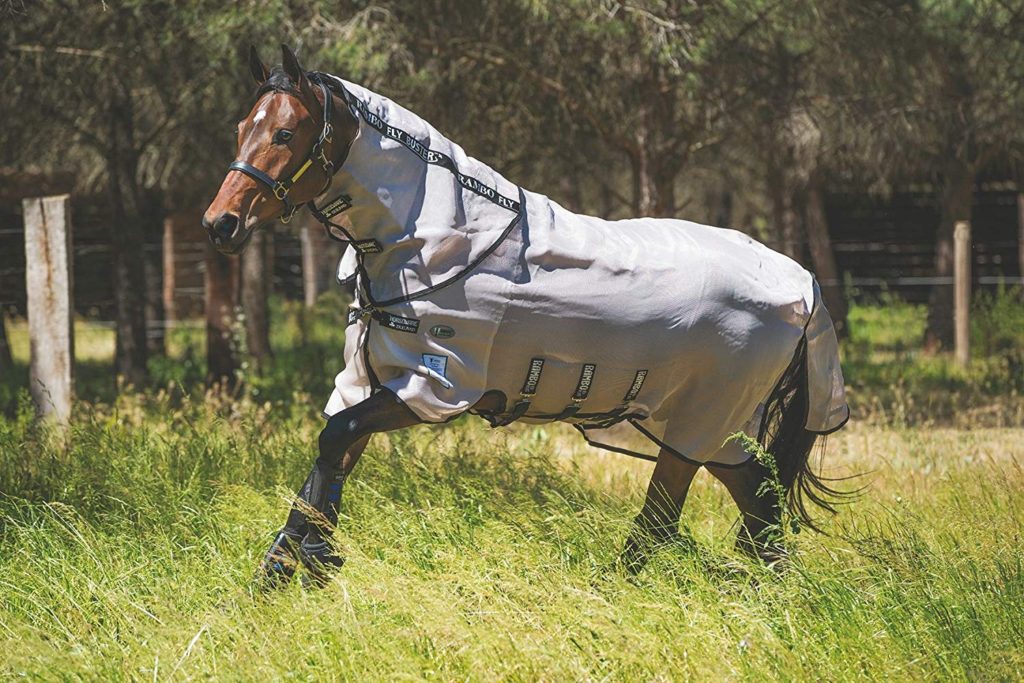
Best colorful fly sheet: The Kensington Platinum SureFit Fly Sheet. This fly sheet comes in multiple colors of plaid and is pretty on many different colored horses. This fly sheet does not have a neck cover but comes with a comfortable front closure and fleece at the withers.
Best Fly Sheet with Shoulder Gusset, Belly Wrap and Detachable Neck Cover: Weatherbeeta ComfiTec RipShield with Detachable Neck. This WeatherBeeta sheet has all the extras: A detachable neck, shoulder gusset, belly wrap, tail flap and lightweight material to allow airflow.
Best Fly Sheet for big shoulders: The Schneider’s Mosquito Mesh Fitted Sheet with BellyBand. Schneider’s is a popular brand for durability and comfortable fit especially when horses have wide shoulders that may be rubbed in other fly sheets.
Fly Boots
Fly boots help to prevent flies and other bugs from landing on your horse’s legs. Some horses will stomp excessively at flies, so boots are a great solution without spraying your horse with a ton of fly spray.
Cashel Horse Fly Leg Guards. I am loving these new colors! They have pink, orange, blue, and the traditional gray. These fly boots stay up well because they have 4 separate velcro attachments and are form fitting to the shape of your horse’s legs.
Best New Design in Fly Boots: Shoo Fly Leggins. These unique fly boots stay up and are tight around the bottom of the boots not the top. The reviews rave about the effectiveness of these boots.
Best Colorful Fly Boots: Kensington Plaid Horse Fly Boots. These fly boots come in multiple colors of plaid: Black, Blue, Hunter, Red, and Purple. They have fleece for comfort for your horse and stay up pretty well and are a simple straight design.
Fly Spray
Fly Spray is helpful for repelling flies and other insects. Fly sprays have a varying level of effectiveness. Here are a few favorites:
Absorbine UltraShield. An effective fly spray that is an every day favorite. You can buy this by the 32oz spray bottle or a gallon to refill your spray bottle.
Pyranha Wipe N’ Spray Fly Repellent. This product is effective against mosquitos, flies, gnats, fleas, ticks. This one has quite a few chemicals, but that is what makes it effective.
Espree Aloe Herbal Horse Fly Repellent. This is a more natural option, it contains aloe, sunscreen and coat conditioner to help improve your horse’s coat health. This concentrate makes 5 gallons of fly repellent.
These are the best ways to control flies for you and your horse’s comfort.
To review:
First you should plan to control the fly population by caring for your horse and property maintenance.
Then you should prevent flies from becoming a problem by using fly predators and fly traps.
Next you should protect your horse by giving them protective gear – mask, sheet and/or boots. You can decide which options are best for your horse given the fly population and their level of comfort.
A little planning goes a long way to protecting you and your horse from annoying flies.
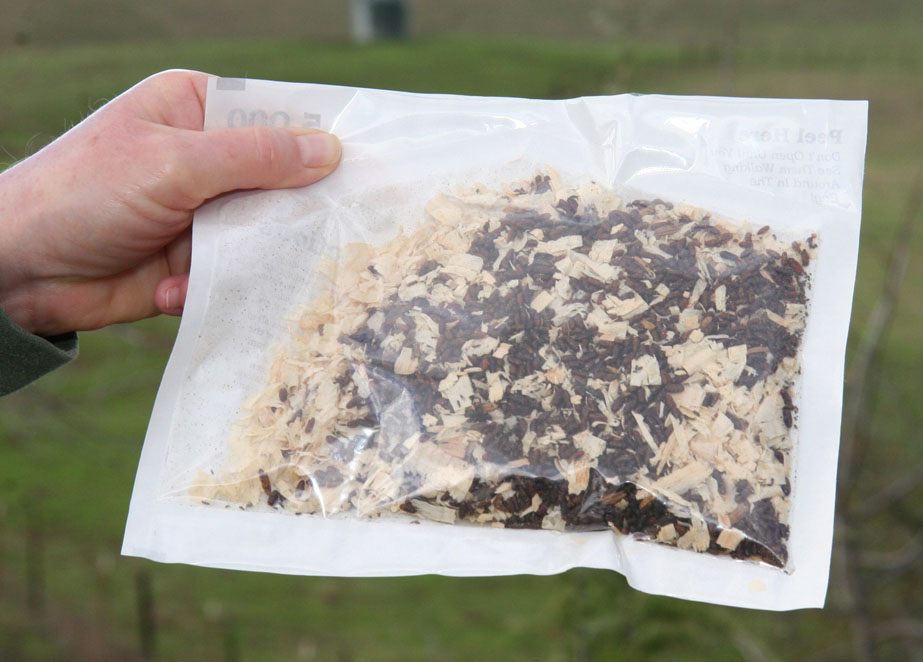
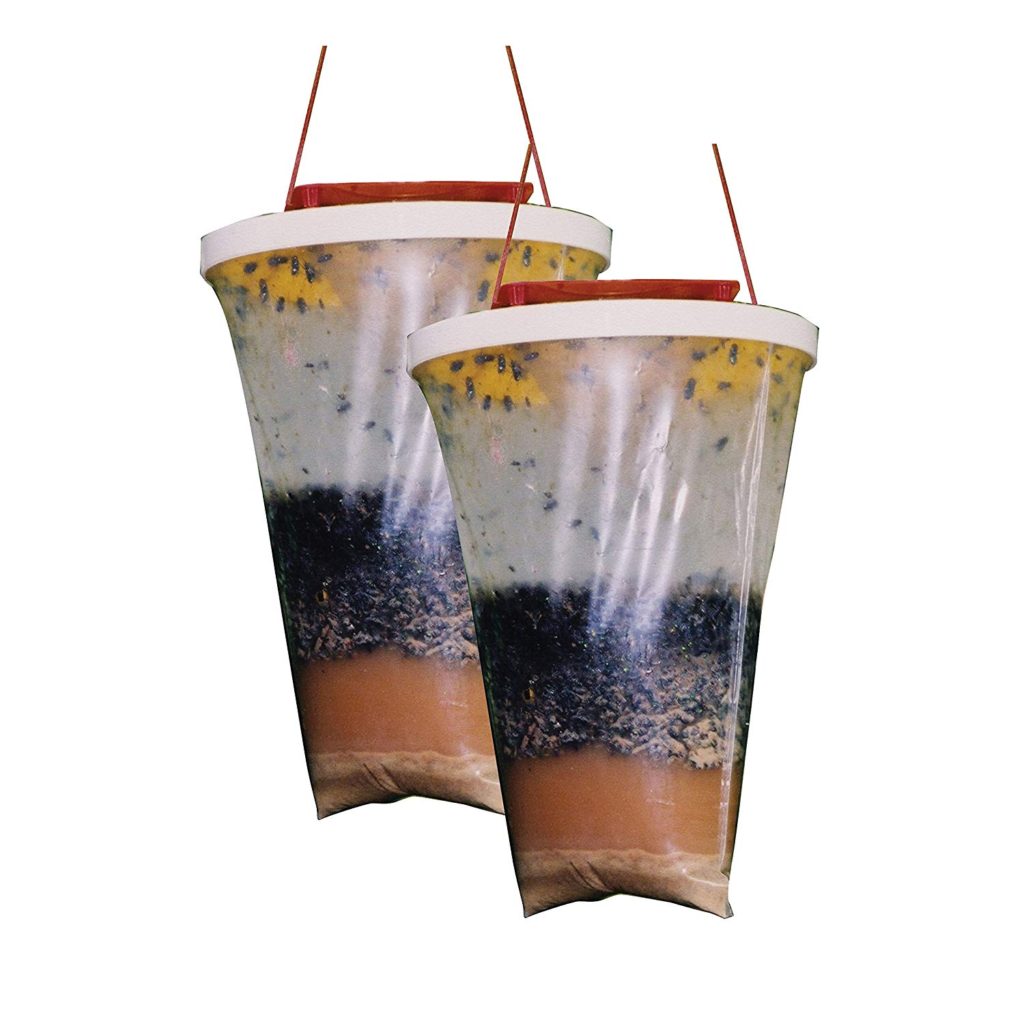
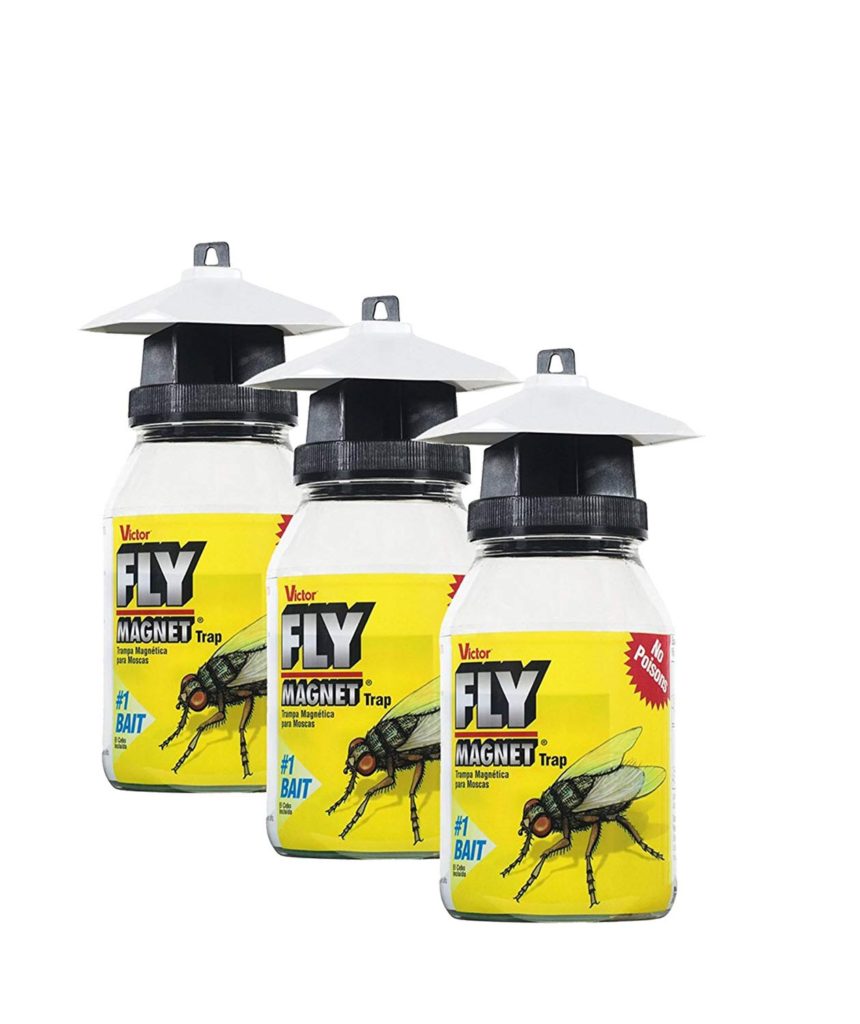
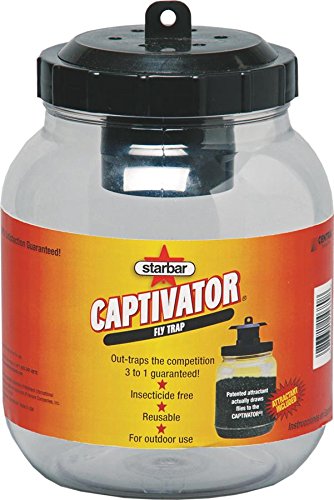
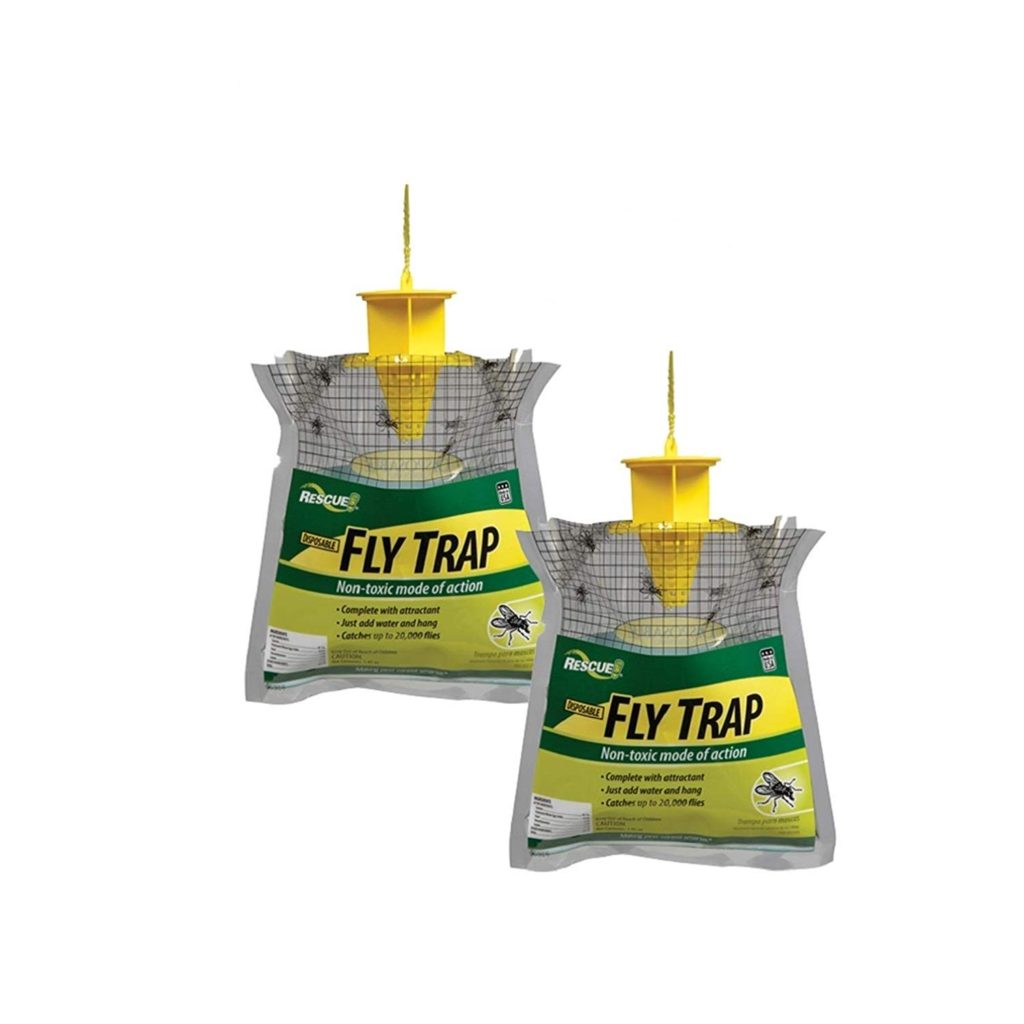
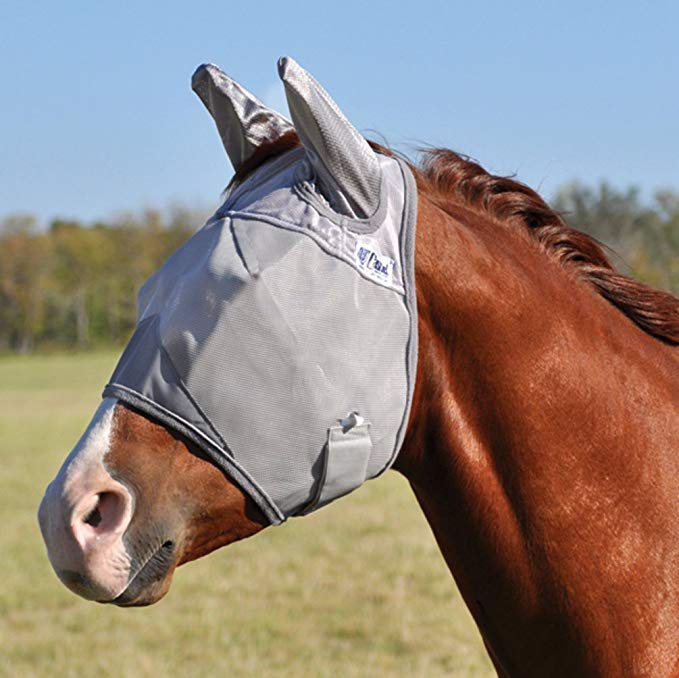
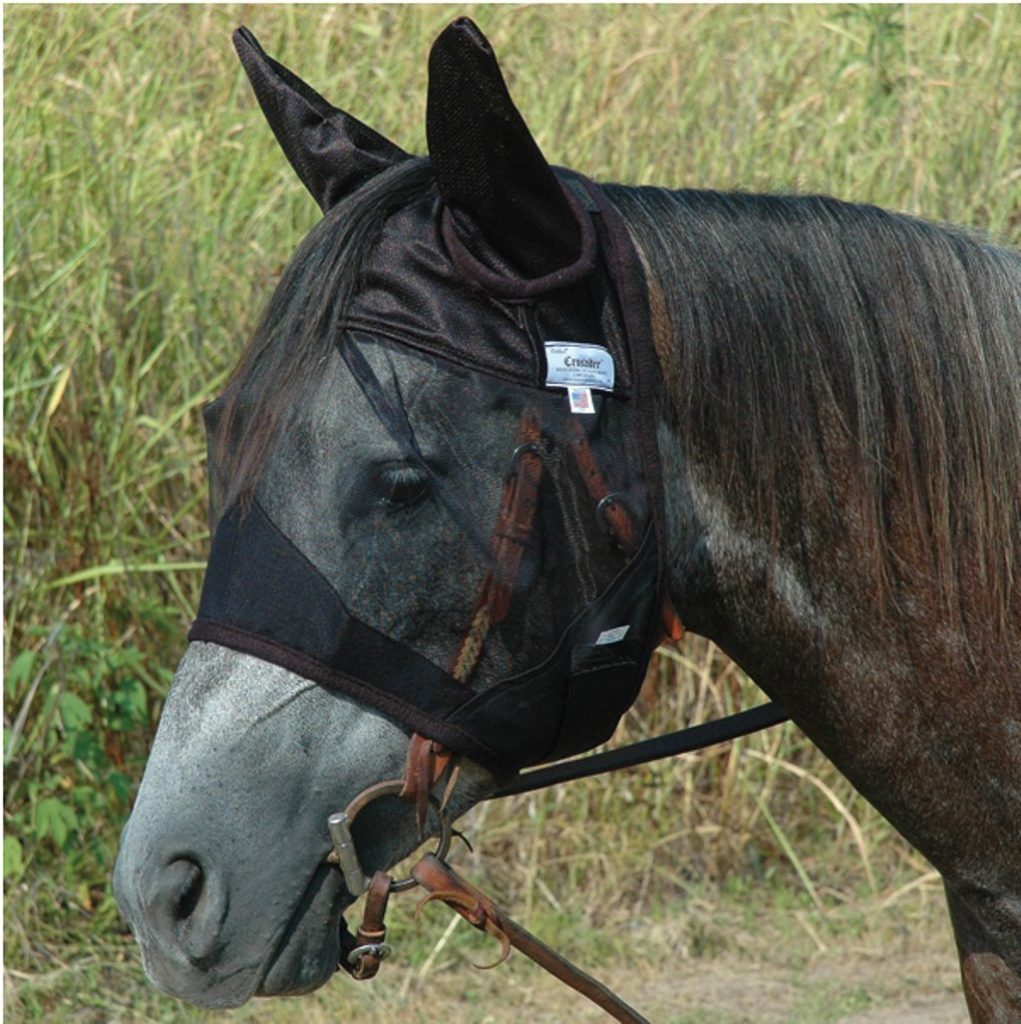
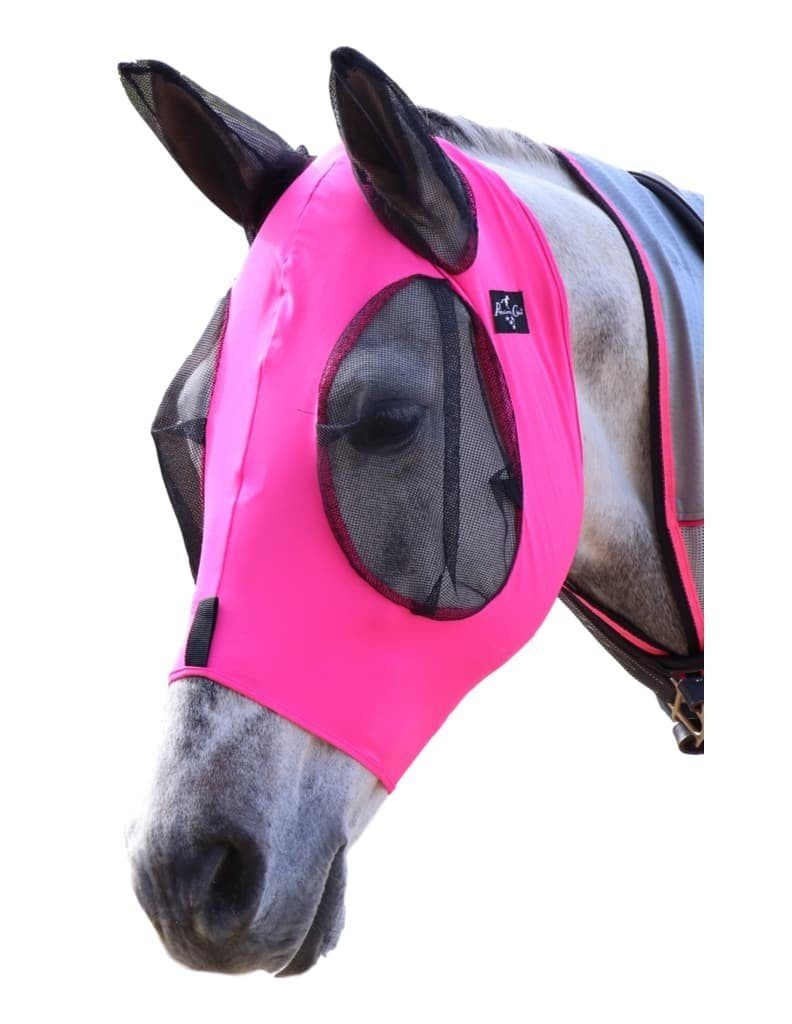
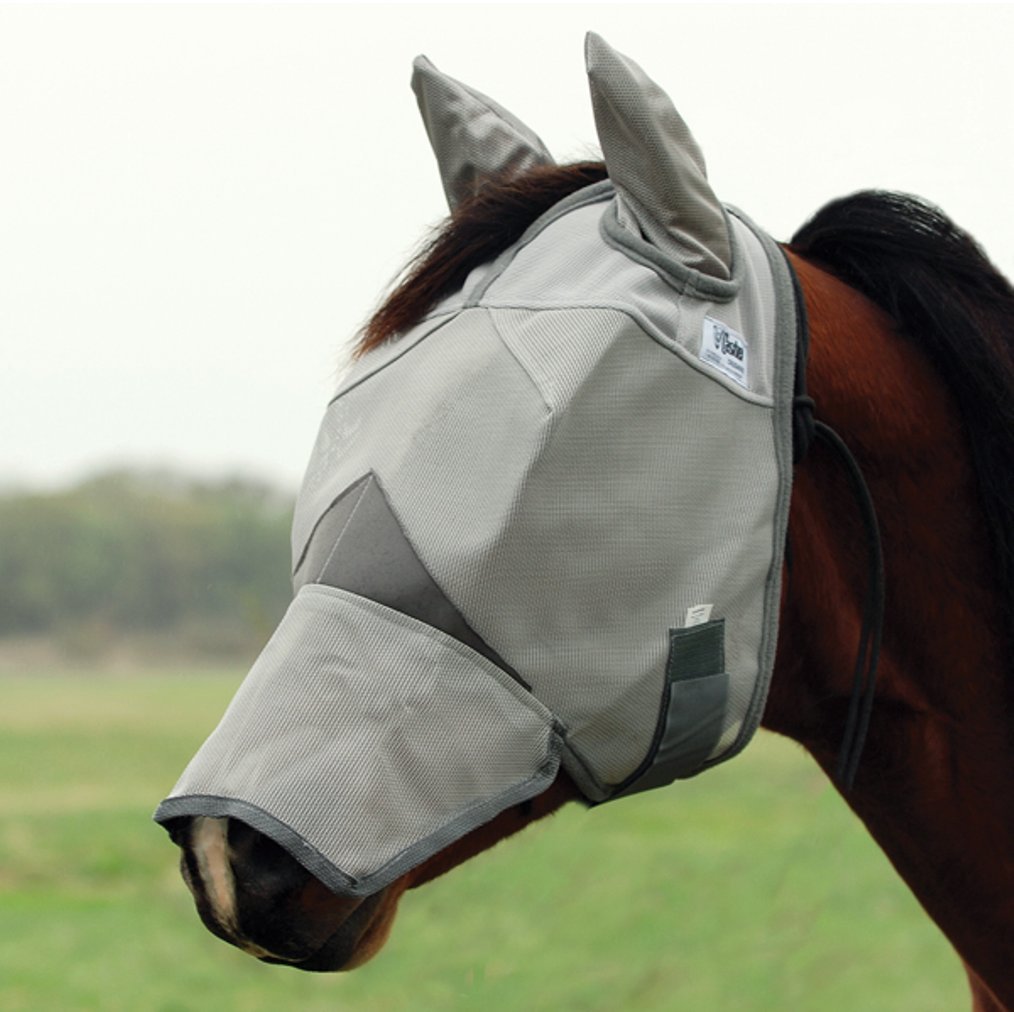
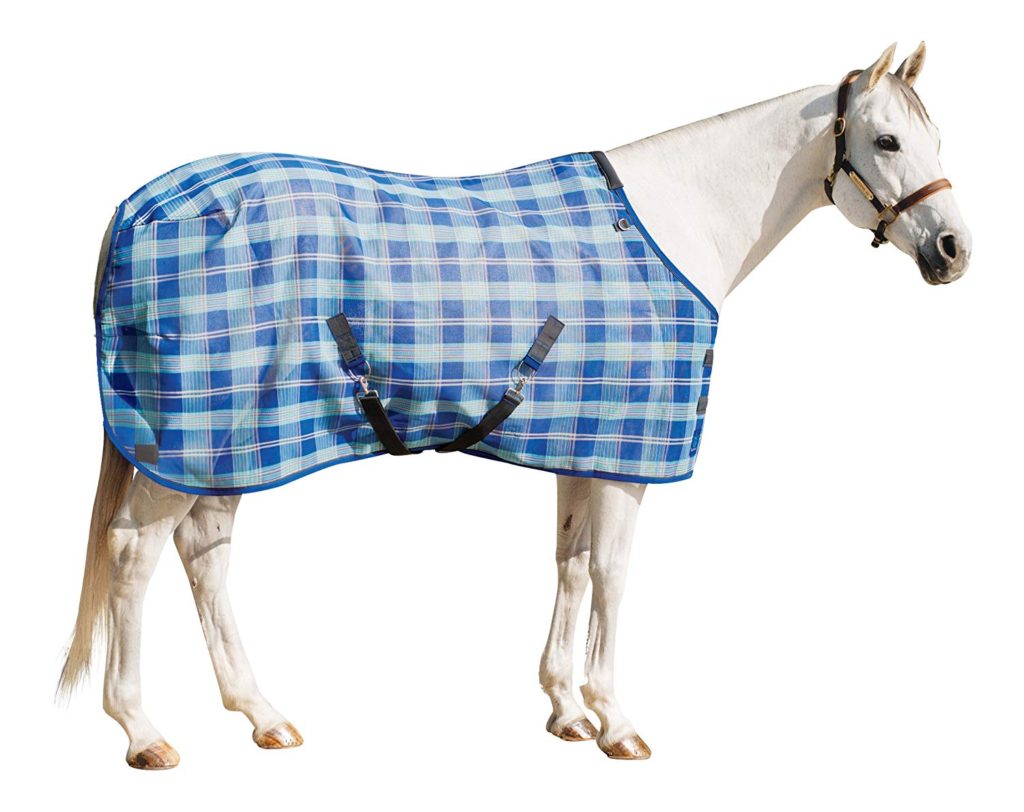
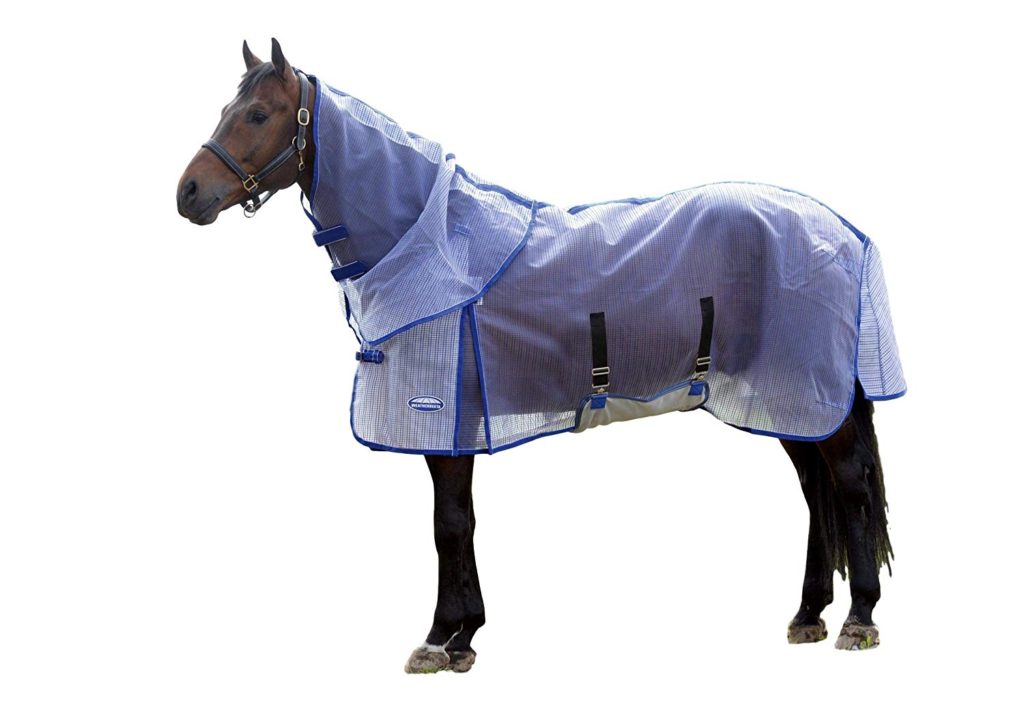
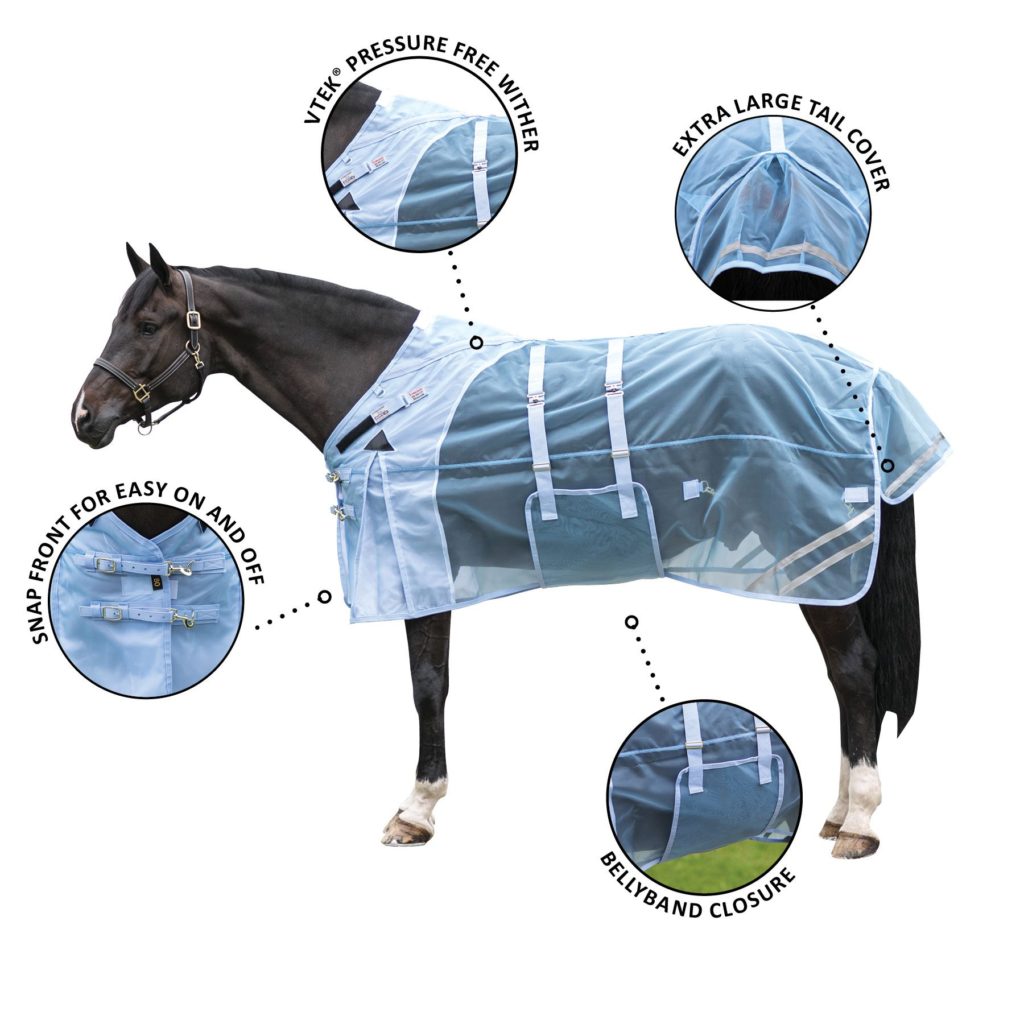
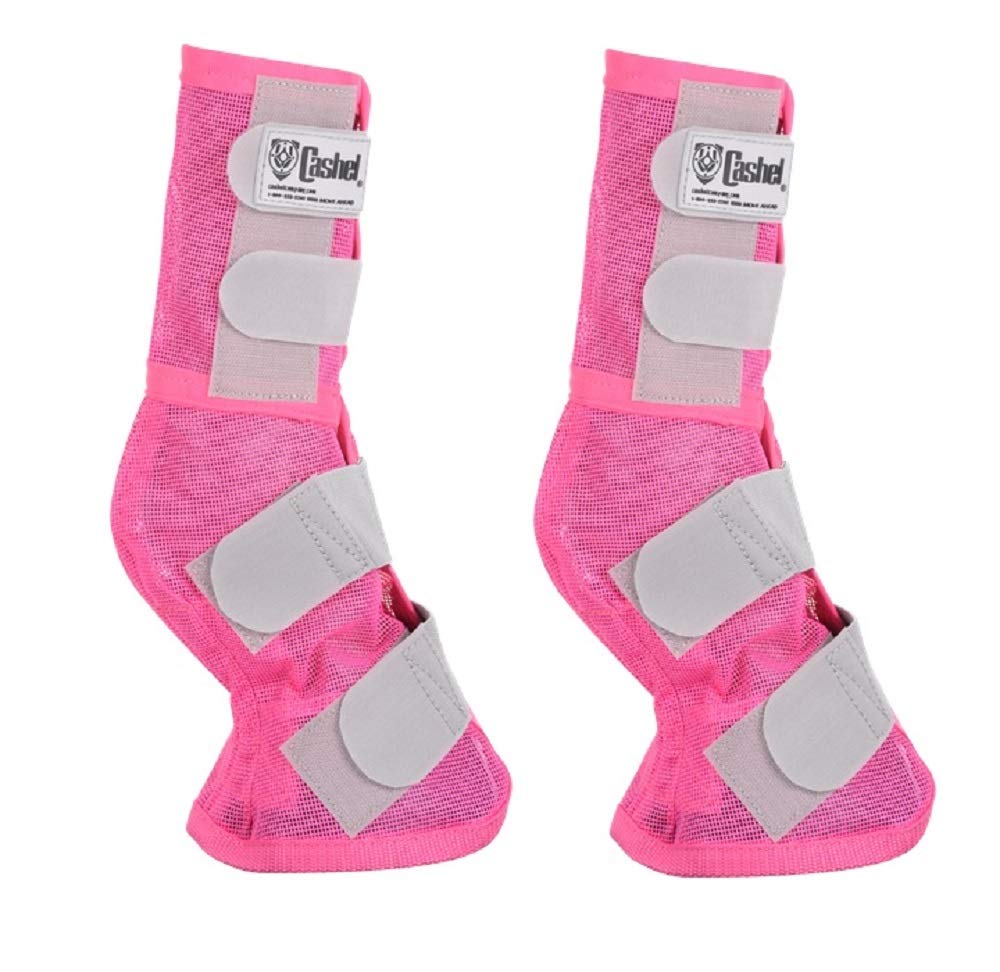
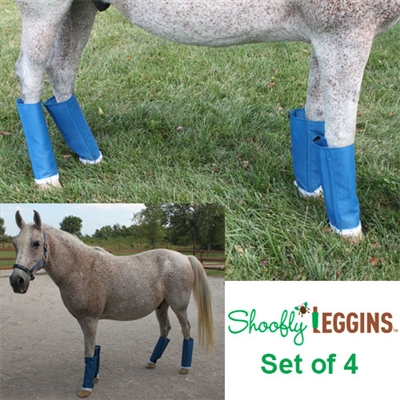
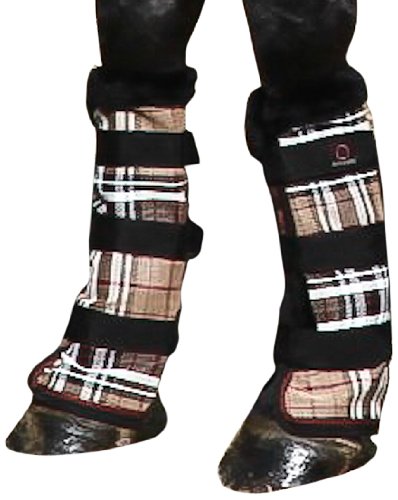
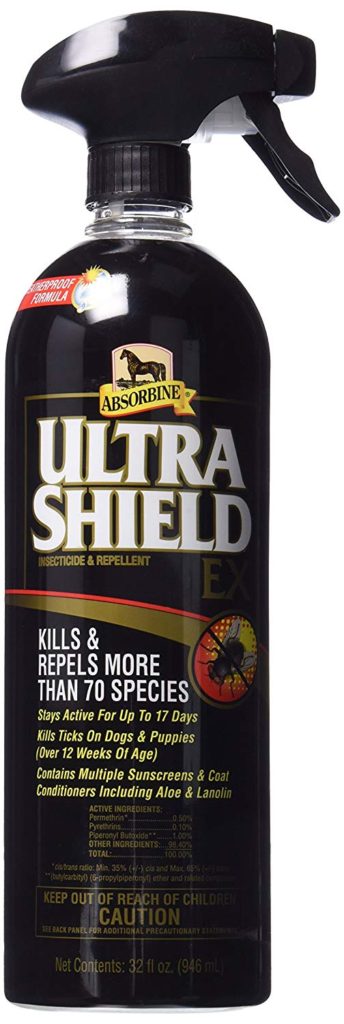
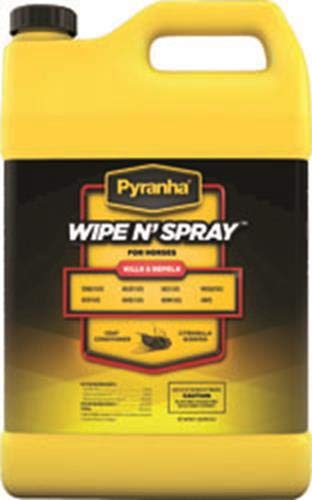
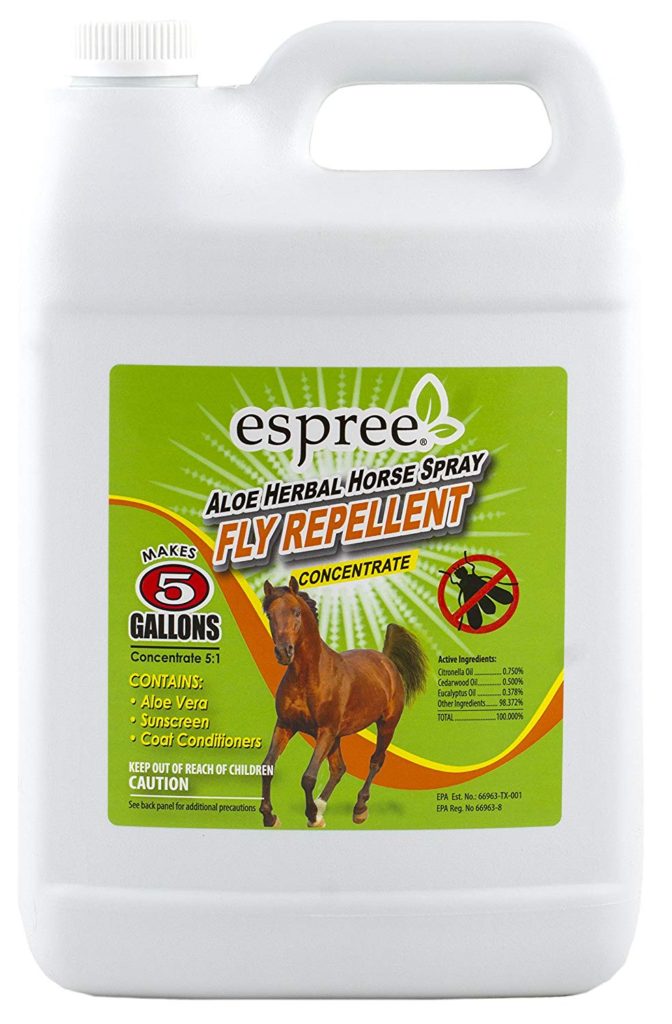
Leave a Reply